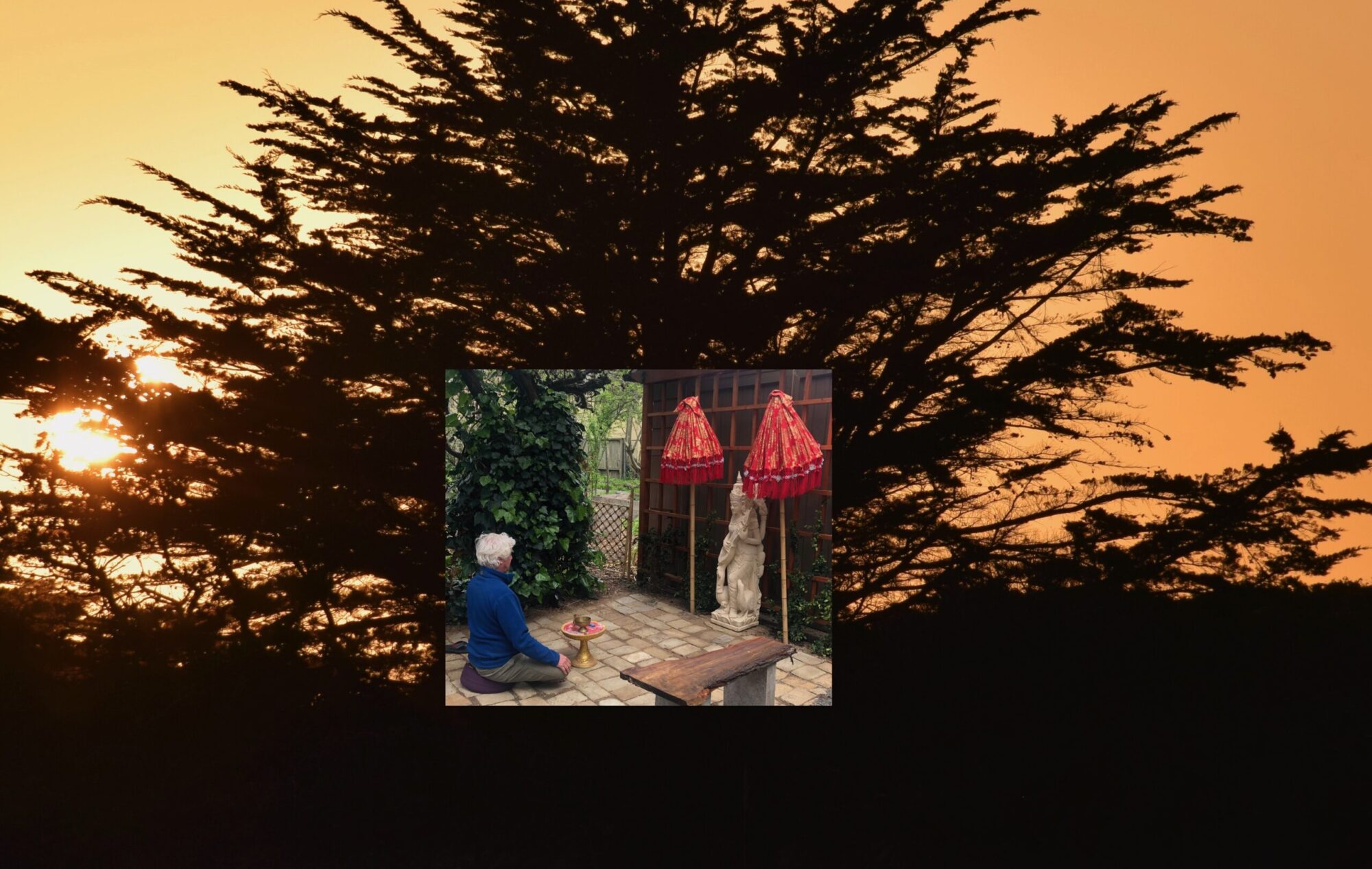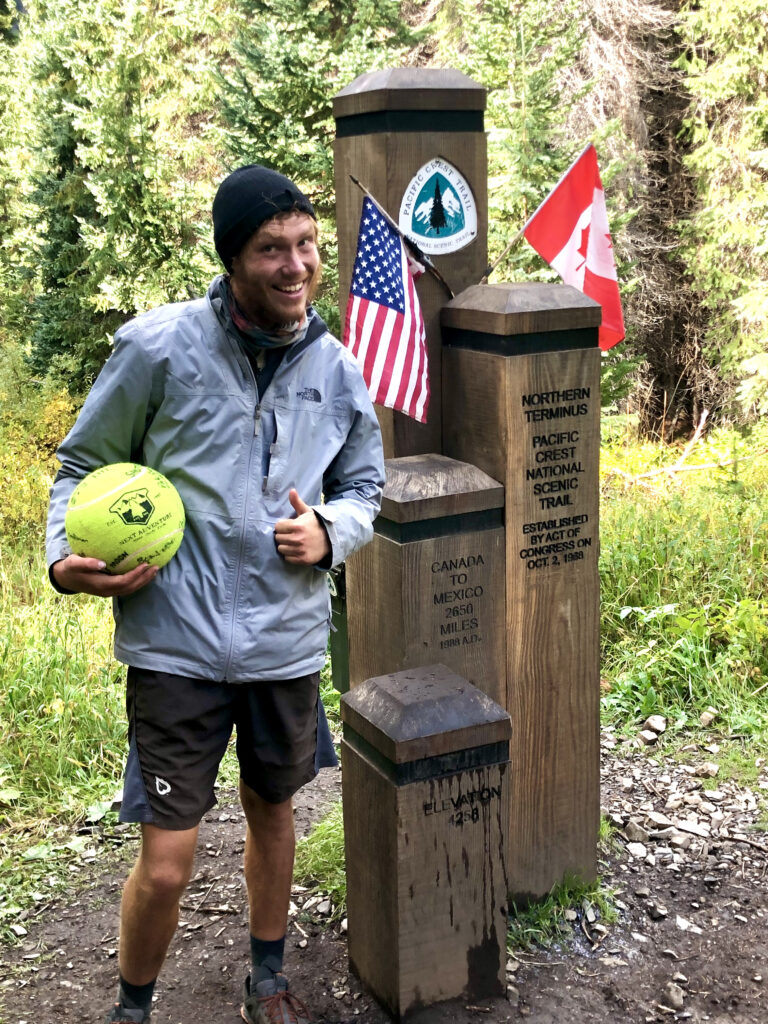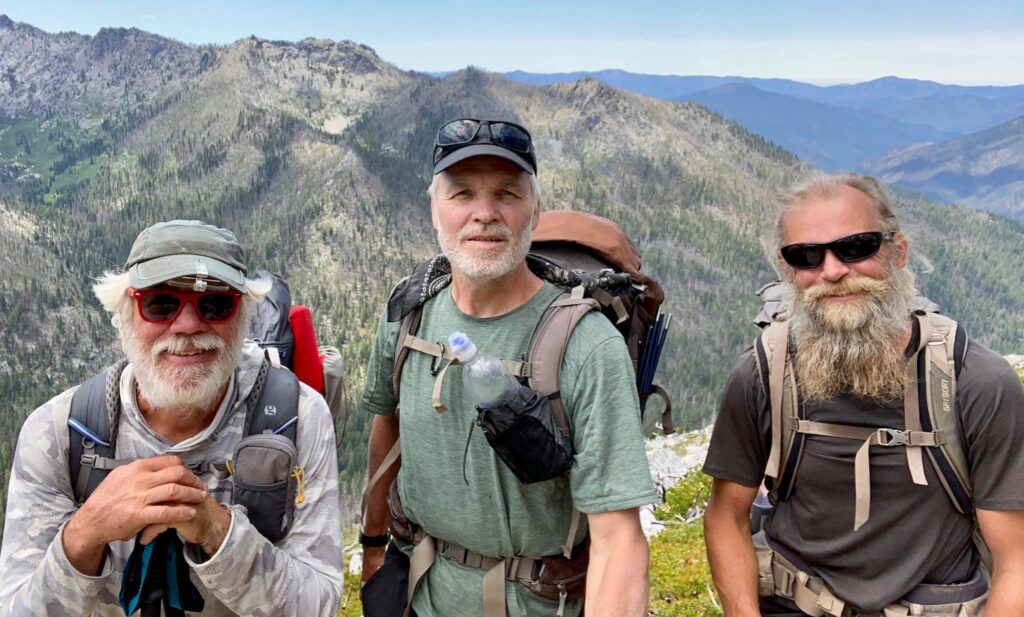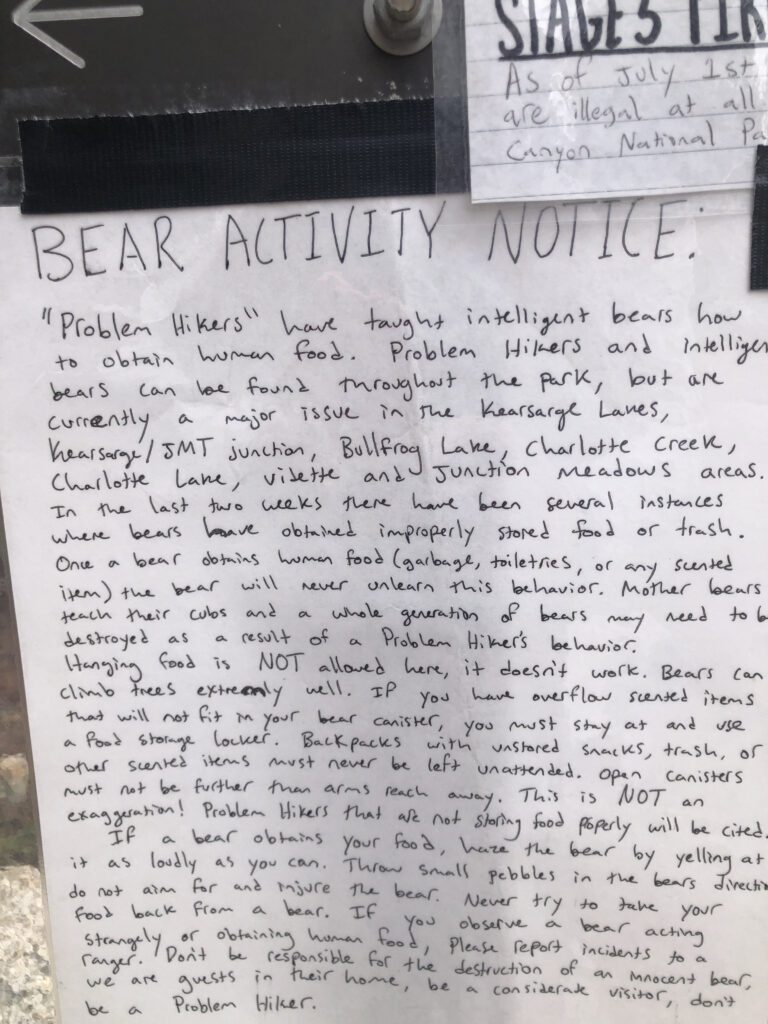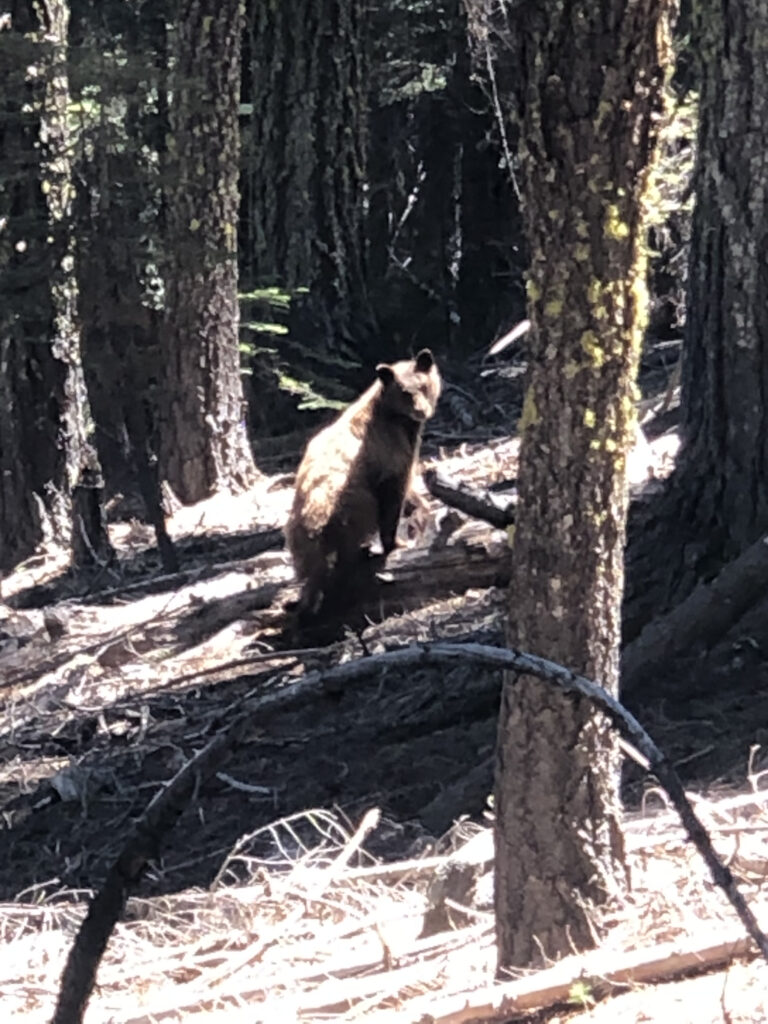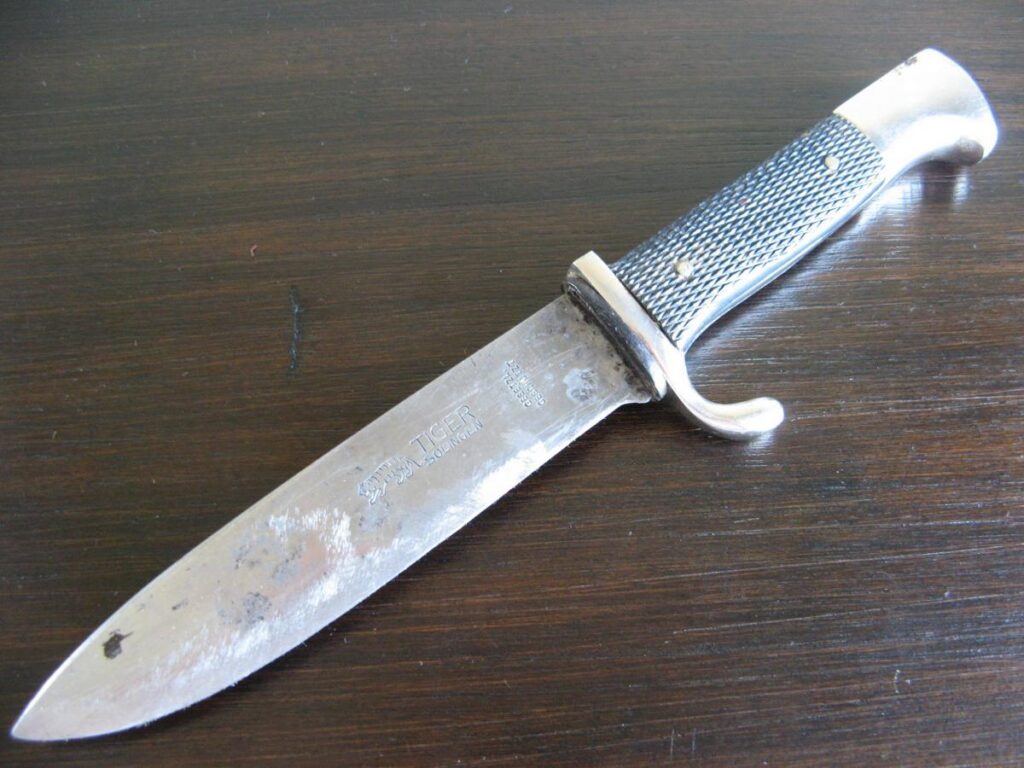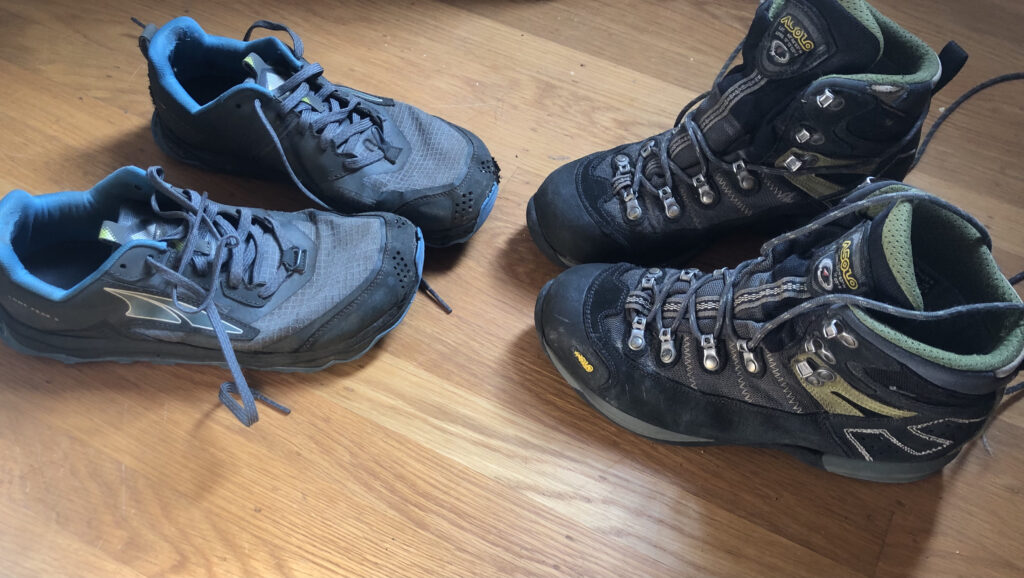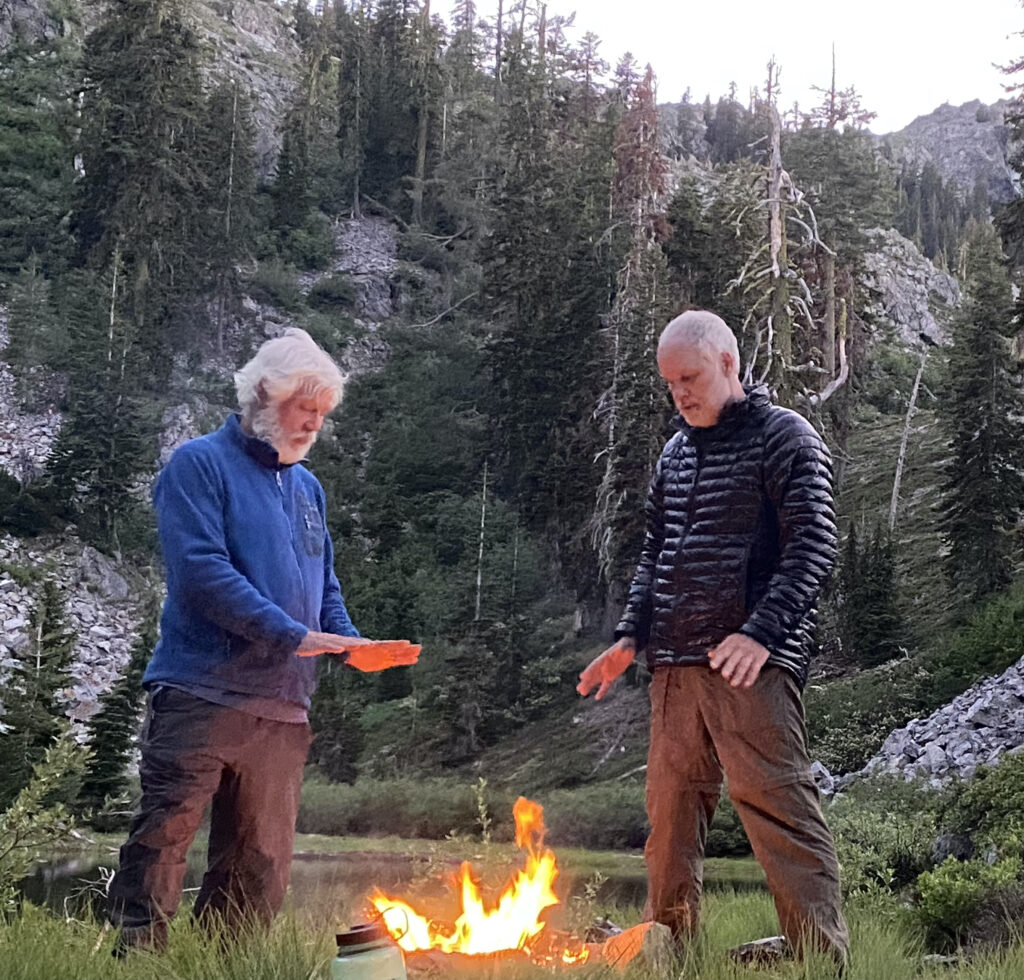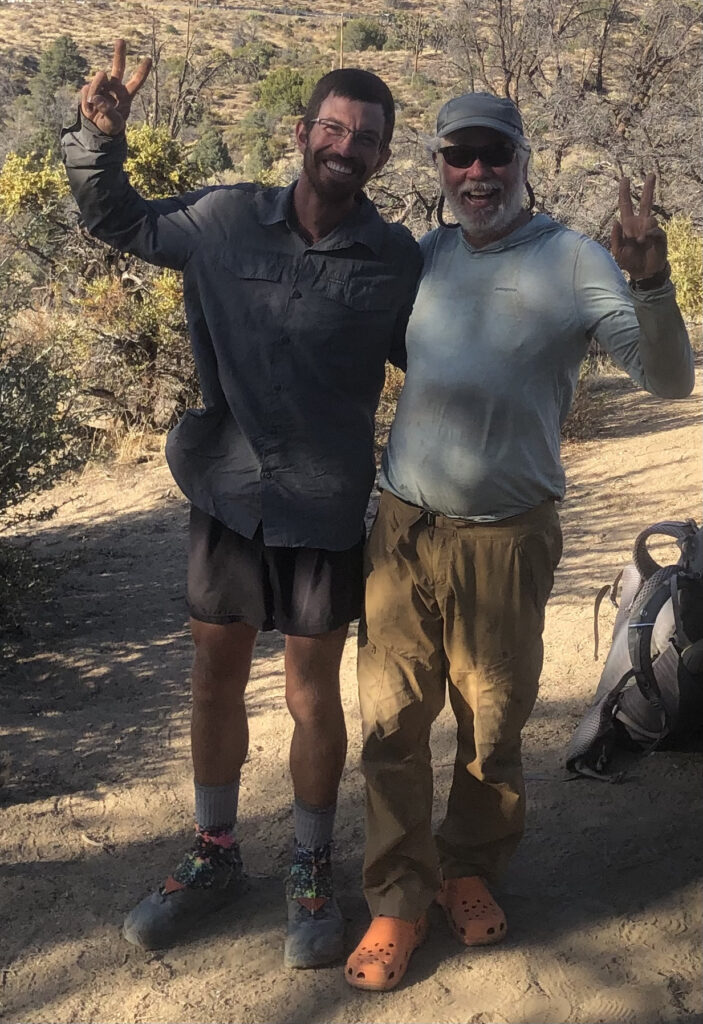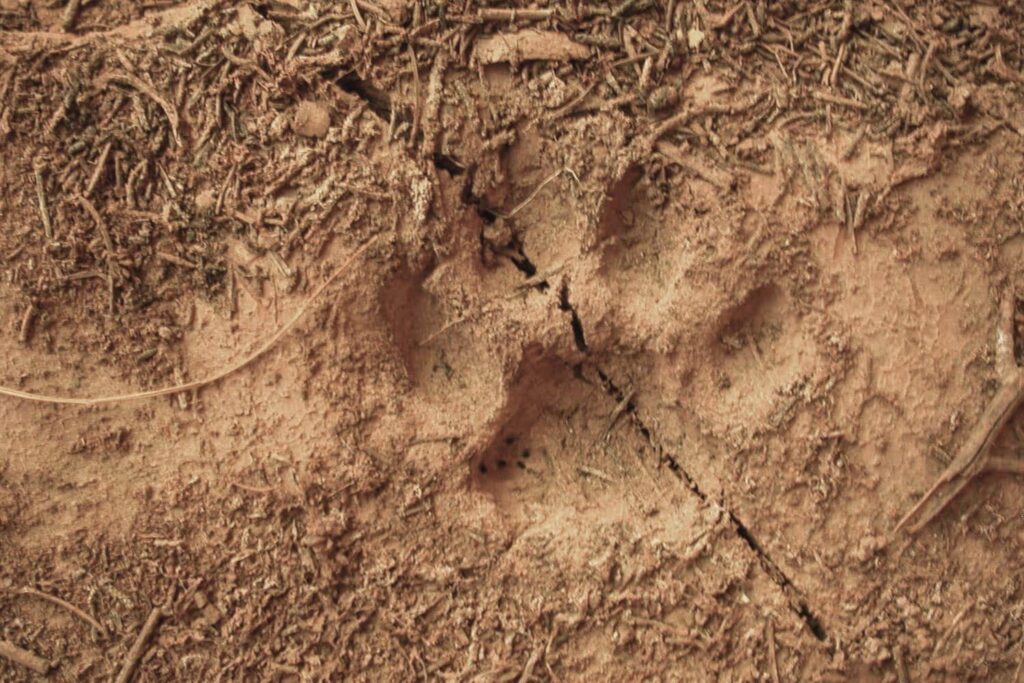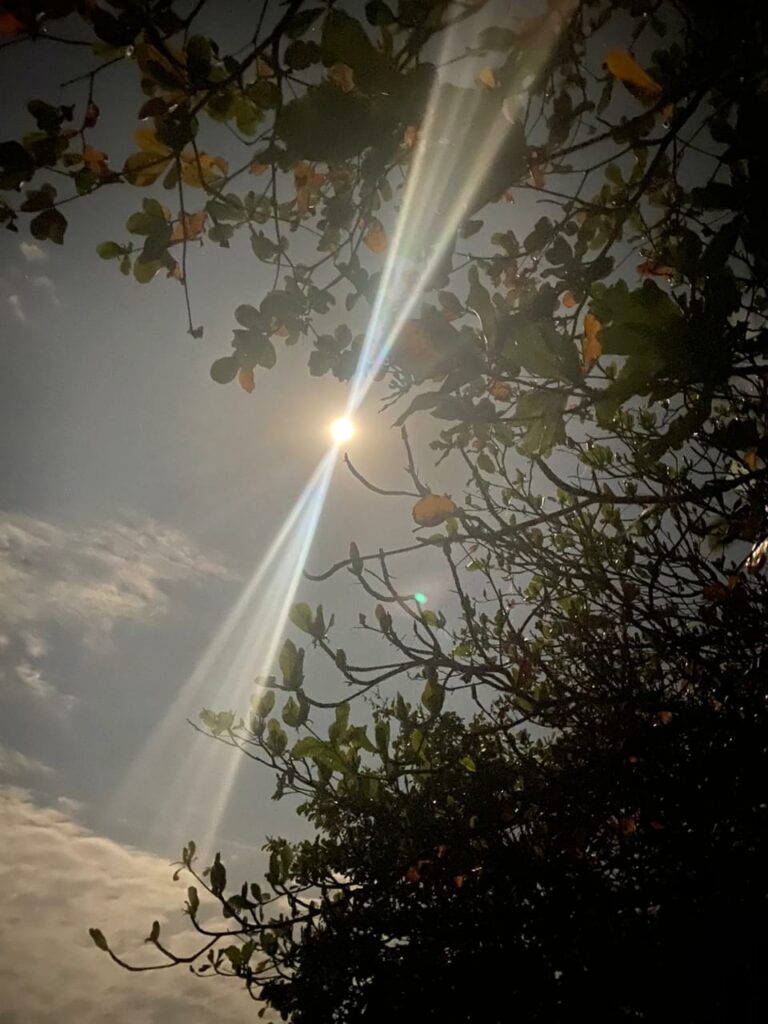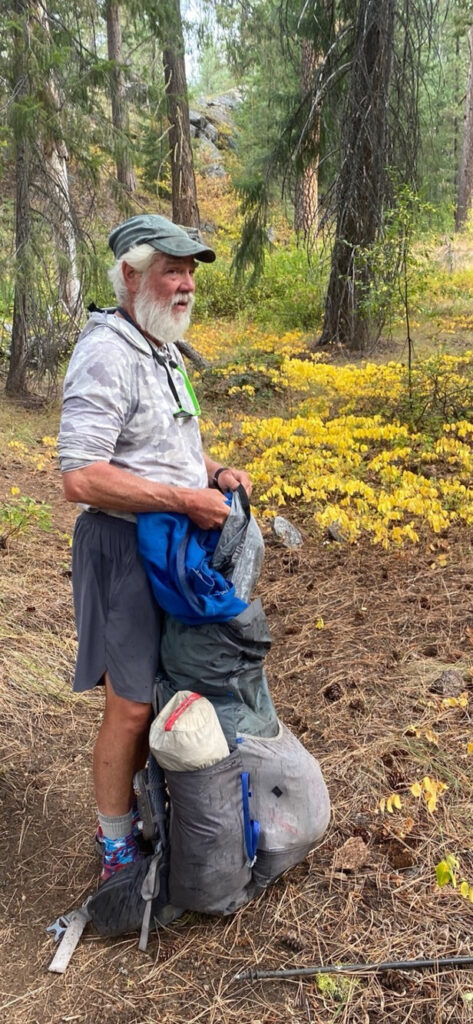
I’m slow, so walking 25 miles a day takes me at least ten hours, plus another hour for lunch, breaks, socializing with other hikers and stopping to take in the views.
Most of my mornings are devoted to wildlife watching because the bears, deer and other critters are still lurking about. Around 7am they go to bed, and so I start belting out my morning prayers.
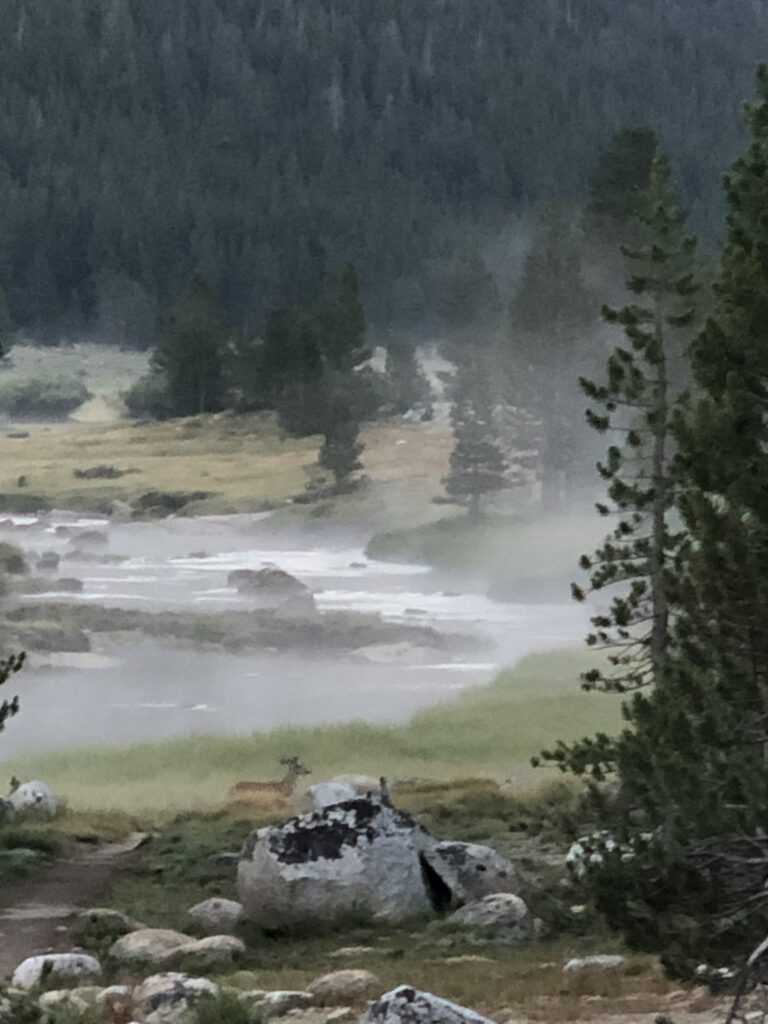
I usually don’t see many other hikers on the trail in the early morning, but occasionally a hiker, perhaps freaked out by my chanting, warily passes me by. However, most of the time PCT hikers don’t notice because they can’t hear anything but the music blasting from their ear buds.
Many people have asked me if I’ve ever felt lonely hiking solo for five months. Never. That’s because I feel like my family, friends and other beloved beings are hiking right along with me. It’s what I’ve been learning in the practice of Bhakti Yoga: Chanting or singing the names of your loved ones and the deities that you cherish is a way of invoking them. It’s like my morning prayers are a chatty gathering around the breakfast table.
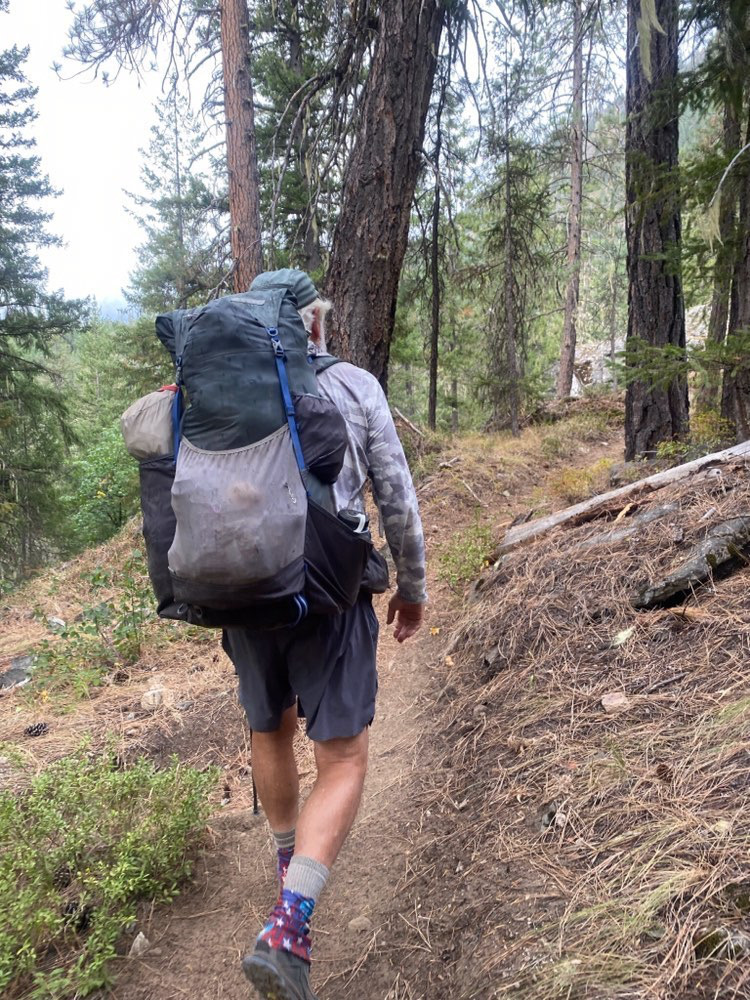
Okay, that last paragraph may seem weird to some of you. You may even think that it’s a bit delusional. I’m not asking you to buy into it. But it’s a Vedic tradition that’s thousands of years old with a long line of teachers and books defining the practice. I’m still a rank beginner.
It’s interesting that many of my fellow hikers take other paths to experience something similar. For example, a very large percentage of PCT hikers eat Psilocybin mushrooms to help them enhance the trail experience. They may be searching for the same place of being connected with the earth that we are walking on, the Gods they worship and, most importantly, their real selves.
I’ve never tried these magic mushrooms. Maybe eating them invokes a similar experience to what I have with Bhakti yoga, maybe not. For me, the key to whatever path you choose to build relationships with other humans and spiritual deities is intention. Do you have a philosophical concept of what you’re looking for, or is your intention simply entertainment? Come to think of it, you can enjoy these spiritual relationships and be entertained all at the same time.
But for me, it’s been helpful to be grounded in a Vedic philosophy that’s been written down and practiced for such a long time. It’s helped me to understand what’s going on during these intense energetic experiences, rather than just being wowed by the sensations, and that helps deepen things even more.
Note: Interested in Bhakti Yoga, see my teacher’s website at GitaComesAlive.com
